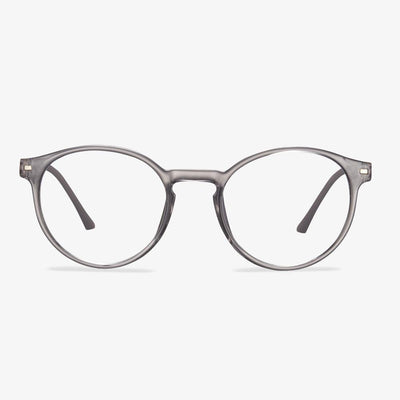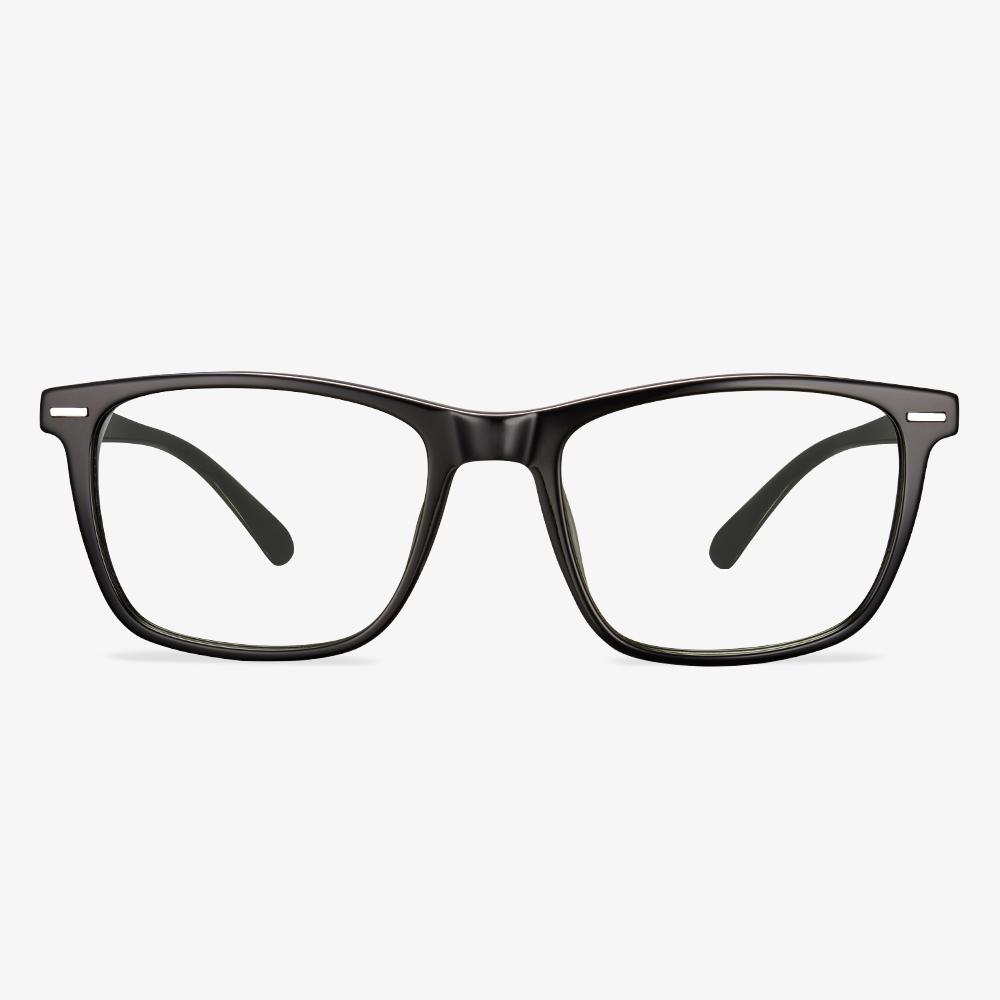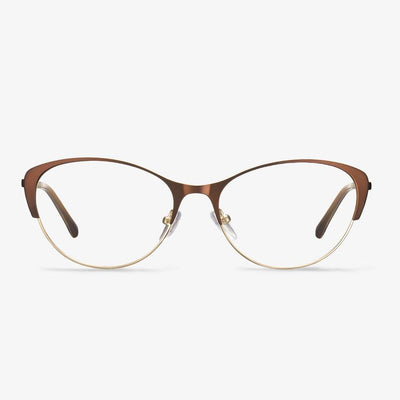How to know your face shape to choose glasses?
To determine your face shape and spectacle styles that will look best on you, pull your hair away from your face and look directly into a mirror. Look closely at your face and head. You need to measure your forehead width, cheekbone width, jawline width and face length.
After measuring, you need to consider your facial features. There are a few characteristics tied to specific face shapes. For example, a rounder jawline is typically tied to a rounder face shape, a pointed chin is closely related to a heart-shaped face. And you need to take note of the angles and contours of your face to see they are soft or sharp or pronounced or not.
Then you can check whether you have a round shape face, squared face or others.
Round face shape: the forehead round at the hairline; the width of your face is the same as the length; the jawline round with very subtle angles, and the length of your face is the same as the width.
Square face shape: the hairline follows a straight line; there are minimal curves to your cheekbones; you would have a strong and squared jawline.
Diamond face shape: the width of your face is smaller than the width of your cheekbones; the cheekbones significantly wider than your forehead and jawline; you may have a narrow chin area; the length of your face is the same as the width.
There are also other face shapes. You can click here to know more.
The Price of Progressive Lens
On both sides of the lens of the progressive lens, some places are deformed, which makes the image blurred. In addition, it has a narrow field of view in the near and middle distances. The narrow focus point for a long time can easily make the eyes tired. It is suitable for the alternate vision of far, middle, and near. Under normal circumstances, the price of the progressive lens is different from the purchase merchant, region, brand, and quality, but the price of the progressive lens on the official website is between 30-85 US dollars. Of course, some products will be less than $30, or more than $85.
What is vision insurance?
The term vision insurance is commonly used to describe health and wellness plans designed to reduce the cost of regular preventive eye care (eye exams) and prescription glasses (glasses and contact lenses). Some vision plans provide discounts on elective vision correction precesses, like LASIK and PRK. But unlike large health insurance plans, most vision plans are discount or health benefit plans that provide specific benefits and discounts on annual premiums. They can be used to cover most of the cost of eyewear, or they can be used to make high-end eyewear products and improvements, like progressive lenses, anti-reflective coatings, and photochromic lenses, which are much cheaper. Vision insurance plans usually operate differently than other health insurance plans or large medical insurance plans.
How To Use Contact Lens Correctly?
Check your eyes for abnormal cases. Do your eyes sting or dry? If so, it is recommended not to wear contact lenses for the time being. Look in the mirror to see both eyes carefully, if it is red and swollen or if is both eyes full of bloodshot? If you do, you can no longer wear contact lenses, and you can go to a professional store for inspection. After putting on the contact lenses, block the left and right eyes respectively to see if the vision of one eye is clear. If the eye vision has decreased or blurred, check if the lens is dirty. If the lens is still the same, you should go to a professional store to find out the reason.
What Are High Index Lenses?
High index lenses are composed of a special plastic that is good at bending light. With this feature, high index lenses can be much thinner than standard lenses while having the same prescriptions.
So, polycarbonate lenses vs high index lenses, what are their differences?
Why the lens coating is not uniform?
Sometimes we find differences in the color between the convex and concave surfaces, between the center and the edge of the lens, and the anti-reflection effect between the convex and concave surfaces. his is mainly because the lens coating is that it is plated on one surface and then turned over to another surface. And Areas with small curvature changes are easy to coat. So the center of the lens has reached the desired thickness of the film but the edge has not. At the same time, the different curvature of the convex surface and concave surface causes the different coating speed. So the surface of the lens will show green in the center and lavender red or some other color at the edges.
TR90 spectacle frame
TR90 is a composite super-elastic resin material first invented by Koreans and used in the manufacture of glasses. Its characteristics are lightweight, excellent flexibility, and slightly lighter than pure titanium. After this material is being made into a finished product, it is non-adjustable. The application is basically injection molding. Koreans are the first to apply to glasses production, which has been popular for a few years, and then popular in the Japanese market. Now it is basically mass-produced in China. The high-end high-quality TR90 spectacle frames are produced in Shenzhen, and the low-end low-quality ones are in Wenzhou because they are much cheaper.











































